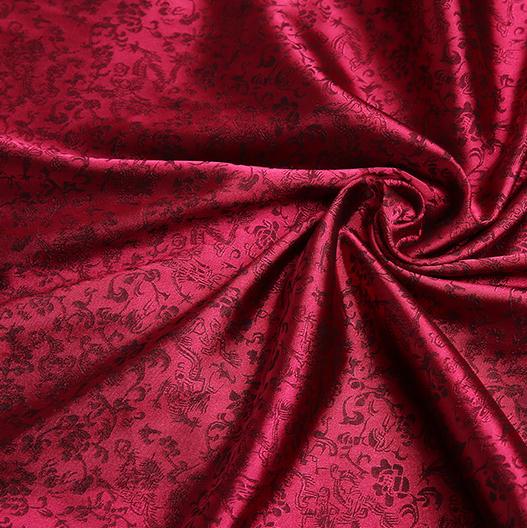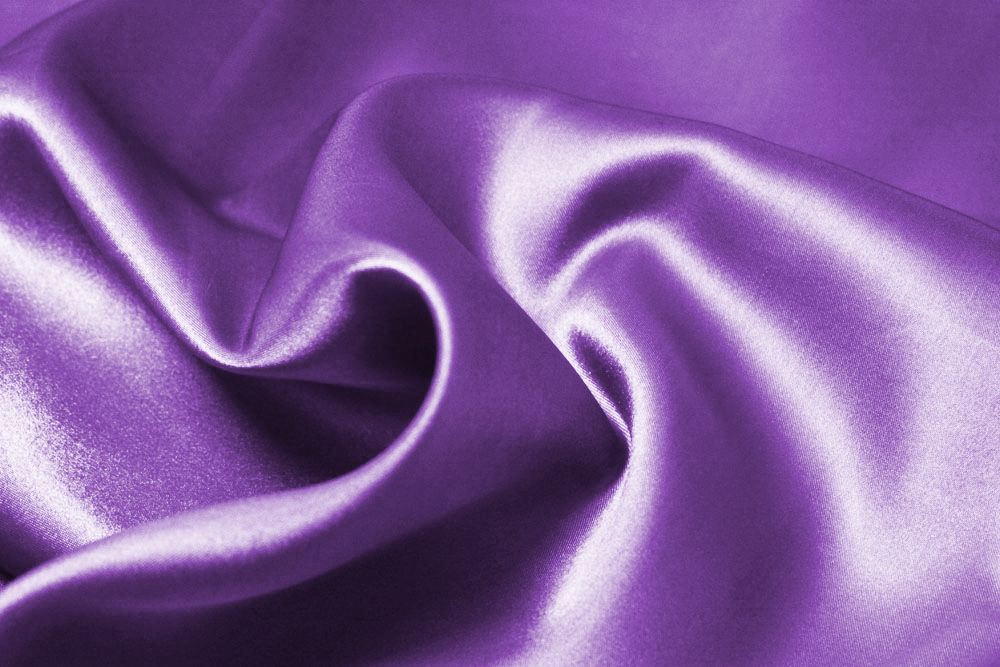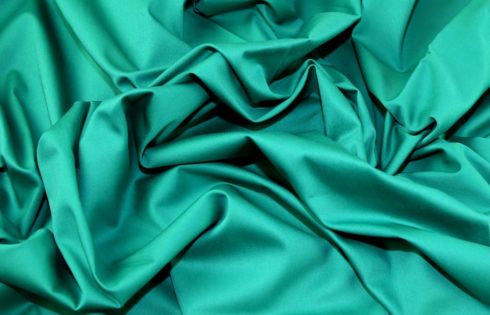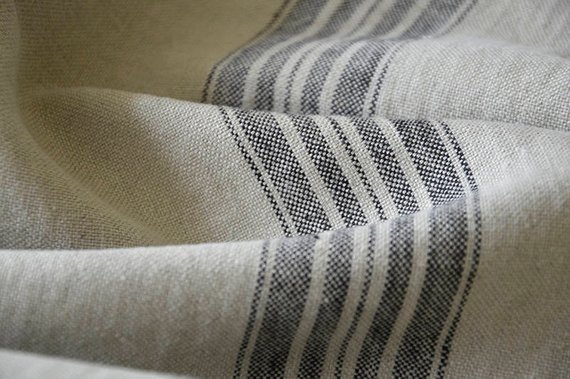What is Thread Count?
Thread count is one of the most over used and misunderstood terms used today! Let’s always remember any part of sewing does not have to be complicated. Thread count is the number of threads woven into a material per square inch or cm Counting width way and length ways. The theory being the more threads per inch/cm the higher quality! Low end quality will typically have 150 threads while high quality cotton will have 500.
Cotton

 Cotton is wonderfully versatile natural product. Cotton is typically used for shirts, pants,blouses, jackets, as well as bed linen and curtains. More typically these days you will find a wide range of blended cotton available to you with varying mixes of synthetic product. The three main reasons for this are 1/to reduce shrinkage, 2/cost cutting, 3/less crinkle or creases. When dealing with 100% cotton it is recommended that you pre-shrink prior to commencing your project. Cotton is a strong durable product that is wonderful to colour.
Cotton is wonderfully versatile natural product. Cotton is typically used for shirts, pants,blouses, jackets, as well as bed linen and curtains. More typically these days you will find a wide range of blended cotton available to you with varying mixes of synthetic product. The three main reasons for this are 1/to reduce shrinkage, 2/cost cutting, 3/less crinkle or creases. When dealing with 100% cotton it is recommended that you pre-shrink prior to commencing your project. Cotton is a strong durable product that is wonderful to colour.
Care: Wash the cloth in cold water. Do not bleach the cloth. Set your iron to Medium to iron it. Hang out to dry. DO NOT TUMBLE DRY!
Nylon
 A man made product that first raised its head in the 1930s. Sewing With, if you want to look great, nylon is a skill all by itself. But one you can easily master. The most common Nylon Is designated 6-6. Popular uses for nylon are stockings (hosiery), sports wear, swim wear.
A man made product that first raised its head in the 1930s. Sewing With, if you want to look great, nylon is a skill all by itself. But one you can easily master. The most common Nylon Is designated 6-6. Popular uses for nylon are stockings (hosiery), sports wear, swim wear.
Strong and elastic, easy to wash, very quick drying. Does pil when dried excessively in a dryer
Silk

 Undoubtable the most romantic of all natural fabrics silk has been used as a symbol of wealth and power for centuries. It can be used for such items as Blouses, dresses, scarves, suits and of course wedding dresses. Silk is also considered the strongest natural fibre but is not a great performer when exposed to sunlight.
Undoubtable the most romantic of all natural fabrics silk has been used as a symbol of wealth and power for centuries. It can be used for such items as Blouses, dresses, scarves, suits and of course wedding dresses. Silk is also considered the strongest natural fibre but is not a great performer when exposed to sunlight.
Care: Most silks should be dry cleaned only. Make sure you use a reputable dry cleaner give clear and concise instructions that the garment is silk!! Hand wash? Not recommended!
Silk Varieties:Silk Georgette,Silk Tweed, Thai Silk, Shantung Silk, Tussah, Noil, Dupion, Crepe de Chine, Chiffon, charmese.
Satin (not to be confused with Sateen)

 Satin originally made from Silk and in recent times any number of man made products and blends. This is to achieve the slippery shiny affect that is so sought after. It’s important to note that while we ultimately buy because we like the look of a Garment/material we only pay for what we are getting. In other words don’t pay for a silk satin when it is a synthetic product!!! Duchess satin is a favourite for high end wedding dresses and lingerie. Its luxurious and heavy qualities are ideal for full skirts. Duchess is another example of 100% silk thread or a synthetic variant. Satin jacquard is a woven variant of satin that has a more supple flow to it than that of Duchess.
Satin originally made from Silk and in recent times any number of man made products and blends. This is to achieve the slippery shiny affect that is so sought after. It’s important to note that while we ultimately buy because we like the look of a Garment/material we only pay for what we are getting. In other words don’t pay for a silk satin when it is a synthetic product!!! Duchess satin is a favourite for high end wedding dresses and lingerie. Its luxurious and heavy qualities are ideal for full skirts. Duchess is another example of 100% silk thread or a synthetic variant. Satin jacquard is a woven variant of satin that has a more supple flow to it than that of Duchess.
Dry Clean Only
Sateen
 A cotton product with a similar feel to satin.
A cotton product with a similar feel to satin.
Machine washable cold water flat natural dry
Linen

 Linen! The oldest fabric known to be woven by man! Woven from flax, Linen is 2 to 3 times stronger than cotton. By today’s standards linen is labour intensive and expensive to manufacture. Flax for very fine Linen (high quality) is hand picked to avoid bruising or breaking of the fibres. Fine Linen can be judged by its lack of slubs (small knots) in the fabric and its smooth look. Easily dyed and also holds colour when washed. Linen wrinkles easily and constant creasing can break the thread weave.
Linen! The oldest fabric known to be woven by man! Woven from flax, Linen is 2 to 3 times stronger than cotton. By today’s standards linen is labour intensive and expensive to manufacture. Flax for very fine Linen (high quality) is hand picked to avoid bruising or breaking of the fibres. Fine Linen can be judged by its lack of slubs (small knots) in the fabric and its smooth look. Easily dyed and also holds colour when washed. Linen wrinkles easily and constant creasing can break the thread weave.
Care: All linen should be hung when not being worn. Gentle cycle cold wash.